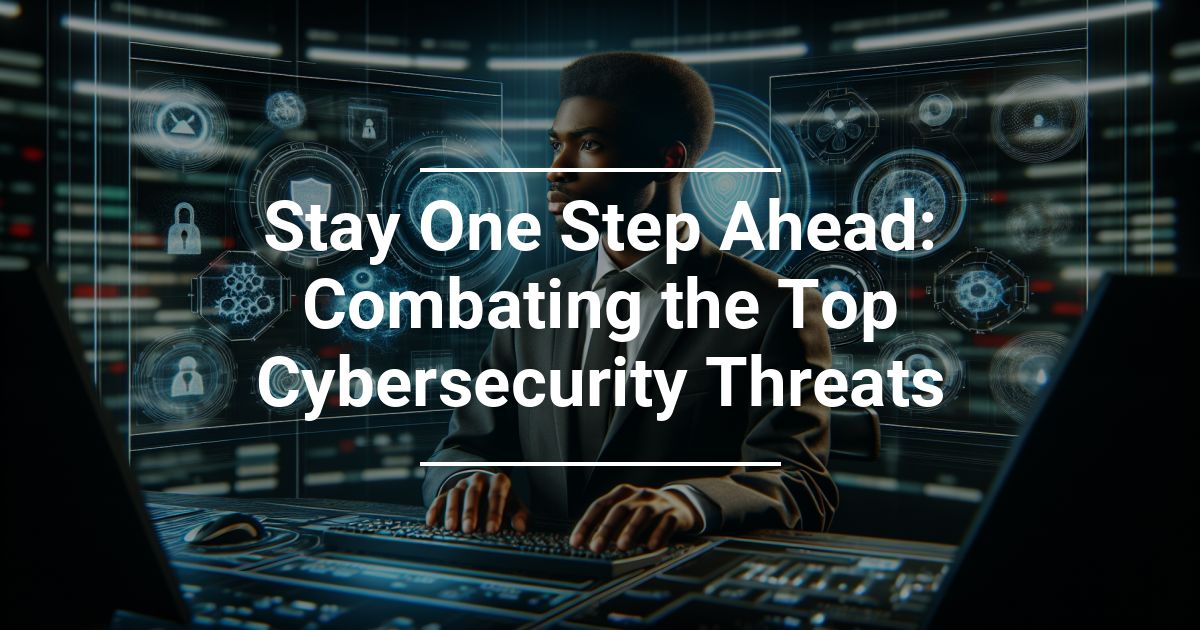 Business owners fulfill customer and employee demands to stay competitive and relevant in a fast-paced economy, especially with many similar companies out there. However, the demands they should never fall victim to are those that come from hackers via ransomware or other cybersecurity threats. You may think risks to small businesses aren’t as great, but that couldn’t be more untrue.
Business owners fulfill customer and employee demands to stay competitive and relevant in a fast-paced economy, especially with many similar companies out there. However, the demands they should never fall victim to are those that come from hackers via ransomware or other cybersecurity threats. You may think risks to small businesses aren’t as great, but that couldn’t be more untrue.
Why Small Businesses Are at Risk
Many believe larger companies gain more revenue and have more stored customer data, placing them at greater risk of a cyber attack. However, according to CNBC, 43% of attacks target smaller businesses. Cybercrime Magazine adds that 60% close down within the first six months after an incident.
CNBC further claims that a mere 14% of small businesses have the appropriate defense systems since some don’t have the finances to support robust systems. In contrast, others don’t have the staff or education to implement them. So, hackers don’t have to overwrite elaborate cybersecurity defense plans that larger companies usually have, making small ones an easy target.
Moreover, since hackers are getting smarter and new malware models are available, they are now simultaneously automating attacks on hundreds (if not thousands) of companies. Below are some types of cybersecurity threats.
Ransomware Attacks for a Price
Ransomware attacks are simple since a hacker attaches a file with malicious code as a link in an email, SMS message, or faux website. Once an employee clicks on it or accepts redirection to the phony site, all device files become encrypted so that the company can no longer read or use them. The cybercriminal will ask for ransom to reactivate your network so your business doesn’t have to shut down.
Man In the Middle Attacks to Gain Personal Information
Man-in-the-middle attacks mean a perpetrator abolishes the original connection between two parties, like a user and a web application, creating a new connection where they’re in the middle. The perp may impersonate one party to obtain sensitive information like login credentials and account details to gain unauthorized access. Other times, they’ll simply eavesdrop to gain company access.
Denial of Service Attacks That Crash Systems
Denial of Service (DoS) attacks occur when an attacker floods a targeted network or machine with requests to overload it or sends information that crashes it. This effectively deprives employees, account holders, and other legitimate users of files and data. Many competitors do this to disrupt a business’s operation so the victimized company loses customers and revenue.
Protecting Yourself and Your Customers
Whatever the malware type or origin, from phishing to social engineering and supply chain attacks, a company’s best protection against it is training employees in proper cyber hygiene such as observing unusual spelling or grammar in emails, websites, and URLs. Business owners should also:
- Employ business password managers for secure and stronger password practices
- Use safe and protected browsers when going online
- Install anti-malware and anti-virus applications to limit the amount of threats coming through
With cybersecurity threats at bay, spend less time worrying and more time satisfying your customers’ and employees’ needs.


